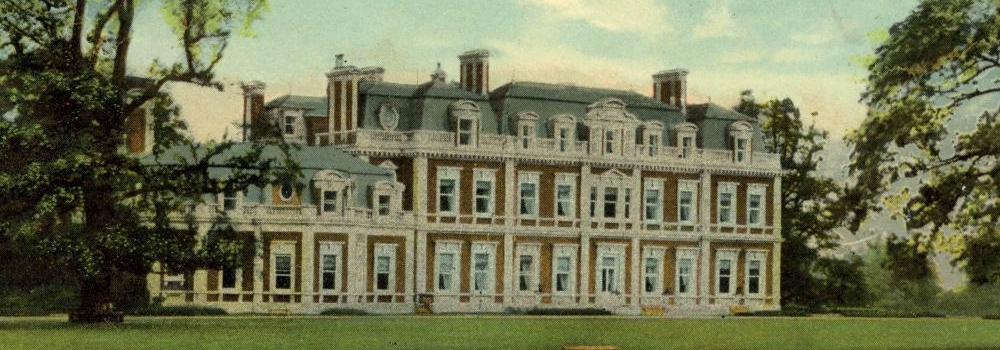Microscope from the collection of the late Dame Miriam Rothschild (1908-2005). Used by Miriam in her scientific studies, it is possible she inherited it from her father Charles (1877-1923), or her uncle Walter (1868-1937). All three were noted scientists.
Miriam Rothschild: natural historian and conservationist
Miriam Louisa Rothschild was a zoologist, entomologist and parasitologist who published over three hundred scientific papers during her lifetime. She was the eldest child of Nathaniel Charles Rothschild and Rózsika von Wertheimstein (1870-1940). Lacking a formal education, she was inspired by the scientific work of her father and uncle Walter. She studied zoology at Chelsea Polytechnic, and worked as a marine biologist. During the Second World War, she was a translator at the British Government Code and Cypher School at Bletchley Park.
After the war, she turned her attention to the study of fleas, investigating the jumping mechanism of Xenospylla cheopis, and co-authored volumes describing her father’s collection of fleas. Miriam championed nature conservation; the garden at her Ashton Wold estate in Northamptonshire was described as ‘an outstanding example of wildflower and grassland gardening’. Her expertise led to her advising HRH Prince Charles, the Prince of Wales when he was creating an experimental wildflower meadow at his Highgrove Estate. In addition to her academic work, Miriam was actively involved in a broad range of civic, social and political causes, including the campaign to decriminalise homosexuality, and research in the field of mental health.





















